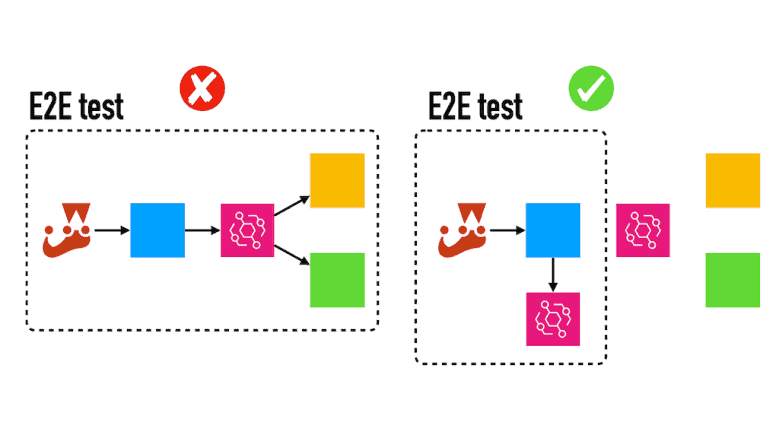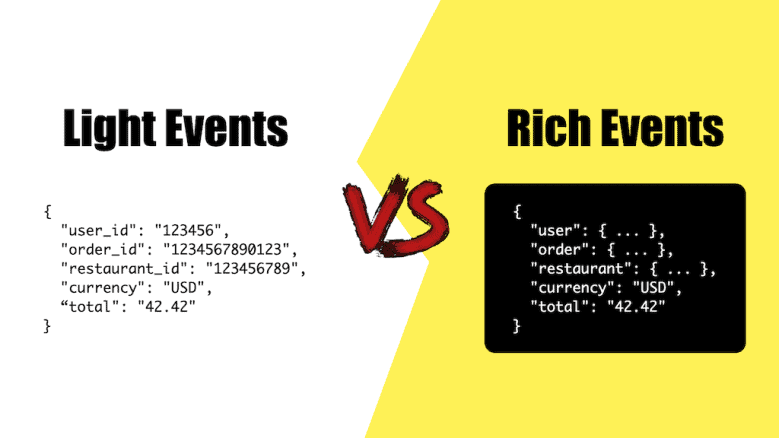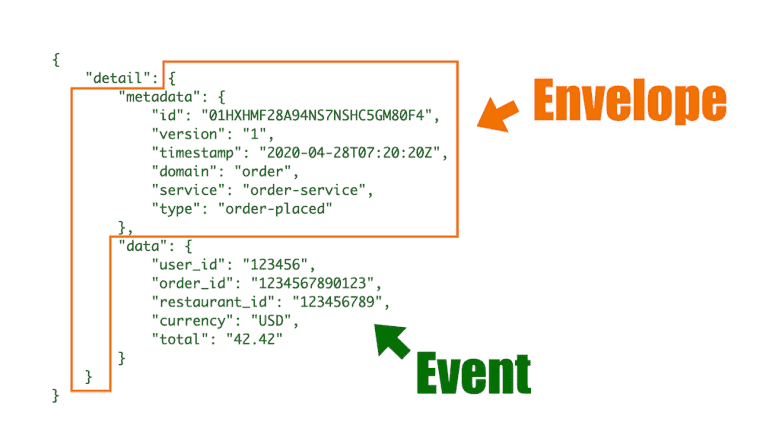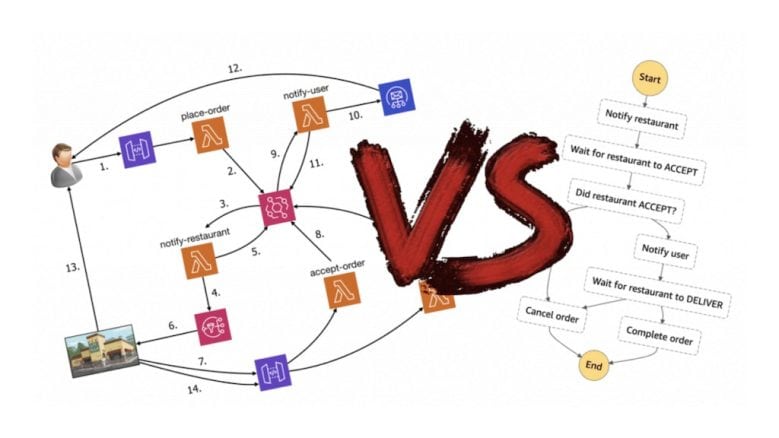Understanding push vs poll in event-driven architectures
When we talk about event-driven architectures, we often focus on things like loose coupling, scalability and DDD. But under the hood, the way consumers receive events matters just as much. And it usually comes down to one of two models: push vs poll.
Your choice dictates what service(s) you use and how you handle errors.
So, in this article, let’s compare the two models and understand their pros & cons.








